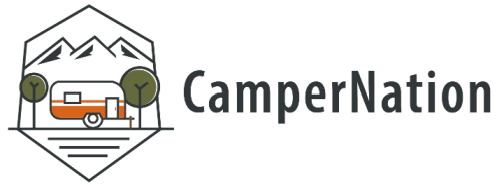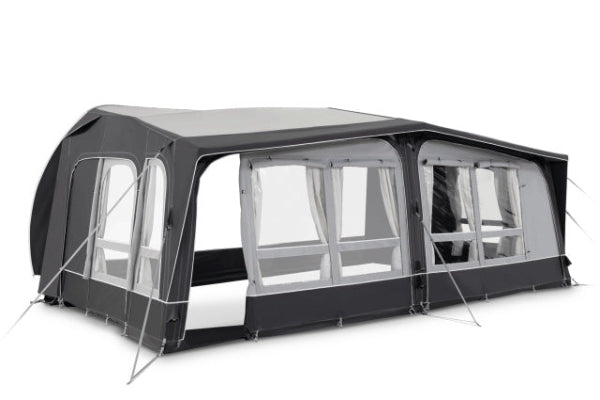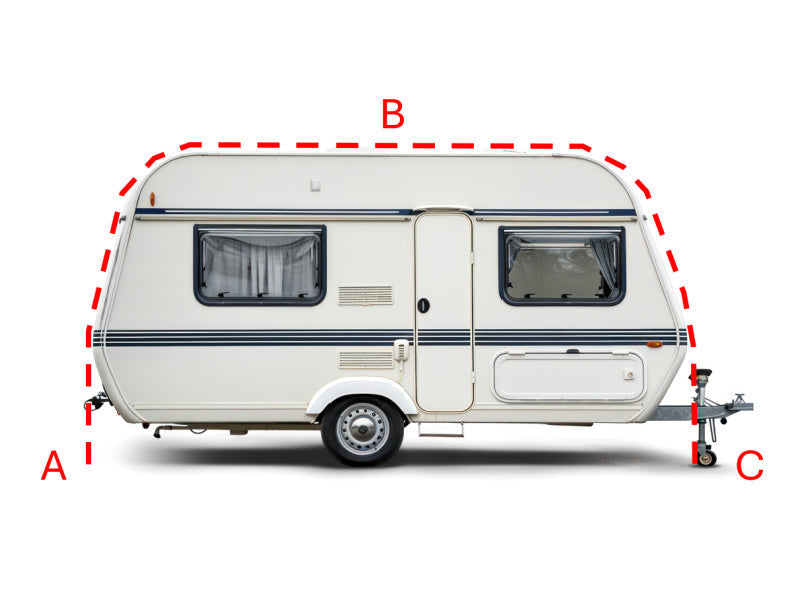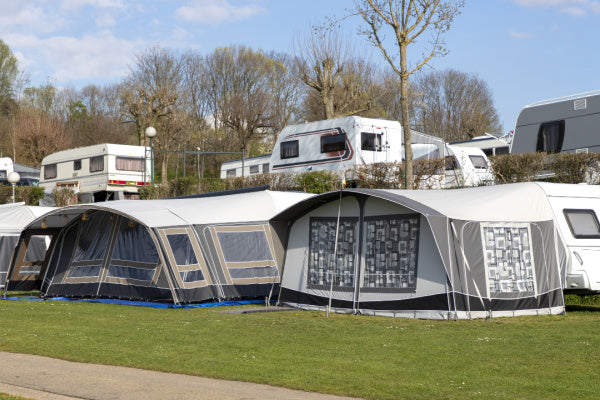Bell Tent vs Teepee for Outdoor Living
Thinking of ditching your house for canvas walls and starry nights? When it comes to glamping tents, bell tents win for space and comfort, while teepees charm with simplicity and speed. Want the full scoop (plus which keeps you drier in UK rain)? Keep reading—we’ve pitched both sides!
Defining the Structures: Bell Tent and Teepee Fundamentals
The Bell Tent: Modern Comfort and Design
Conical Shape with a Single Central Pole
Bell tents are designed with a rounded base and vertical walls, topped by a high, conical roof. They’re supported by a single central pole, which makes the structure feel spacious and open.
This simple pole system also gives them a signature symmetrical shape.
The result is an airy and comfortable interior, great for relaxing or sleeping in.
It’s a practical setup for campers wanting both ease and elegance.

Guy Ropes and Pegging for Stability
To keep them sturdy in windy weather, bell tents rely on guy ropes and secure pegging.
These elements anchor the tent down well, even on uneven or damp ground.
It’s a system that’s reliable once set up, even if it takes a bit more time to pitch.
The ropes also contribute to the iconic look many associate with glamping tents.
Typical Materials (Canvas, Polycotton) and Glamping Focus
Most modern bell tents are made from durable canvas or a polycotton blend.
These fabrics are both waterproof and breathable, making them well-suited to the UK’s unpredictable weather.
They insulate well and maintain airflow, offering comfort through different seasons.
Because of this, they’re a popular choice for glamping, festivals, and extended stays.
The roomy interiors and stylish design help elevate the outdoor experience.
The Teepee: Indigenous Roots and Unique Features
Historical Context: Native American Origins
Teepees originated from Native American tribes, especially those who lived on the plains.
They were designed for mobility, perfect for people who moved frequently.
These shelters could be set up and taken down quickly—an essential trait for survival and efficiency.
Over time, they’ve become symbolic of traditional outdoor living and craftsmanship.
Multi-Pole Structure and Smoke Flaps/Open Top
Unlike bell tents, teepees typically use a frame of multiple long poles tied at the top.
The canvas or outer covering is draped around the frame to create a conical shape.
Teepees feature smoke flaps or an open top, which allows for proper airflow or smoke release.
This makes it possible to safely use a fire inside when set up correctly.
Traditional vs. Modern Materials
Historically, teepees were covered in animal hides.
Modern versions tend to use canvas or other weather-resistant fabrics.
The updated materials improve water resistance and reduce weight.
Still, they maintain the original spirit of mobility and simplicity.
Purpose: Cultural Significance and Heating with Open Fire
Teepees carry cultural importance, especially in indigenous communities.
Beyond shelter, they reflect tradition, ceremony, and history.
Their open design also makes it possible to heat the space with a fire.
It’s a practical and meaningful approach to outdoor living.

Key Differences in Functionality and Practicality
Setup, Interior Space, and Climate Control
Pole System Complexity and Pitching Time
Bell tents use a central pole and multiple guy ropes.
This adds setup time but results in a sturdier structure.
Teepees are quicker to erect, using a simpler pole arrangement.
For solo campers or quick setups, a teepee may feel more convenient.
Usable Interior Space (Bell Tent's Vertical Walls vs. Teepee's Sloping Walls)
Bell tents have vertical walls, which maximise usable floor space.
You can stand comfortably around the edges, not just in the middle.
Teepees, in contrast, have sloping walls that reduce the area you can use efficiently.
This gives bell tents the edge for families or larger groups.
Ventilation Methods (Windows/Vents vs. Smoke Hole)
Bell tents often feature mesh windows, roof vents, and built-in airflow systems.
They’re designed to promote good air circulation, especially in summer.
Teepees rely on their open tops and smoke flaps to regulate airflow.
This works well in dry weather or when heating with a fire.
Heating Options and Fire Safety
With proper ventilation, both shelters can accommodate small heaters or stoves.
Teepees are naturally suited for central fires thanks to their chimney-like tops.
Bell tents require stove jacks or flue exits to use heaters safely.
Regardless of choice, fire safety is crucial and must be planned in advance.
Choosing Your Ideal Conical Shelter
Best Use Cases, Portability, and Investment
Bell Tent: Family Camping, Festivals, Backyard Glamping
Bell tents shine when you want comfort and space.
They’re ideal for group camping trips, garden sleepovers, or festival glamping setups.
Their spacious interiors and chic appearance make them a standout for long weekends.
If you’re after a balance of style, shelter, and liveability, bell tents are a smart pick.

Teepee: Authentic Cultural Experience, Semi-Permanent Dwellings, Event Centerpieces
Teepees offer a sense of tradition and simplicity.
They work beautifully as eye-catching event centrepieces or semi-permanent outdoor spaces.
For those seeking an immersive camping experience with cultural flair, a teepee delivers.
They're also great in rustic settings or where fire heating is desired.
Portability and Packed Size Considerations
Teepees tend to be lighter and pack down smaller, making them easier to carry.
Bell tents are heavier and bulkier when packed due to their thicker materials and added components.
If you're hiking to your site, a teepee may be the more practical option.
However, if you're travelling by car, a bell tent's extra weight is rarely a deal-breaker.
Cost and Maintenance Comparison
Teepees are generally more affordable and low-maintenance.
They’re a solid choice for occasional use or smaller groups.
Bell tents cost more upfront but offer greater comfort, making them good value for frequent campers or families.
Maintenance varies by material, but both need regular drying and cleaning after use.
Other content you might like:





Leave a comment